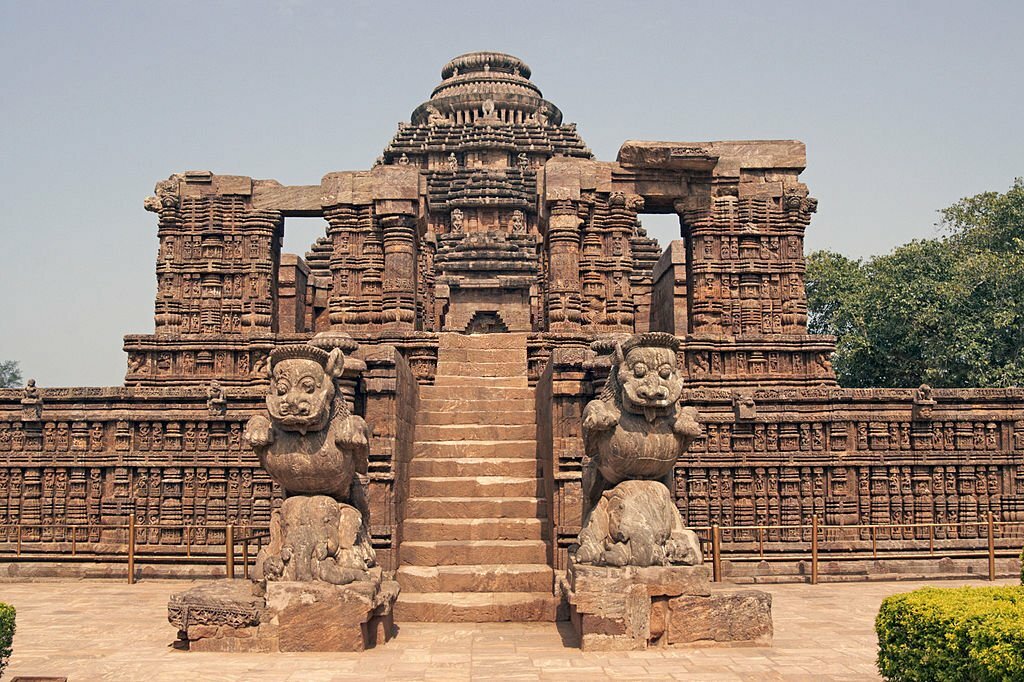The Temple of the Sun, an architectural gem nestled within the ancient Inca city of Machu Picchu, stands as a testament to the advanced engineering, celestial reverence, and spiritual significance of the Inca civilization. This sacred sanctuary, also known as the Torreon, holds a central place in the intricate layout of Machu Picchu, serving as a focal point for the Inca’s astronomical observations and worship of Inti, the sun god.
1. Architectural Brilliance:
The Temple of the Sun showcases the extraordinary architectural prowess of the Inca people. Constructed with precisely cut stones that seamlessly fit together, the temple is an exemplar of the Inca’s mastery of stone masonry. The intricate stonework is not only a testament to their craftsmanship but also reflects a deep understanding of celestial alignments and the interplay between architecture and nature.
2. Inti, the Sun God:
At the heart of the Temple of the Sun lies the veneration of Inti, the sun god, a deity of paramount importance in Inca cosmology. The Inca believed that Inti bestowed life and sustenance upon the earth, making the Temple of the Sun a sacred space for rituals and ceremonies dedicated to honoring the life-giving force represented by the sun.
3. Astronomical Significance:
The precise orientation of the Temple of the Sun suggests its connection to astronomical observations. During key solar events, such as solstices and equinoxes, the sun’s rays align with specific points within the temple. The Intihuatana stone, a ritual stone associated with astronomical observations, plays a pivotal role in these alignments, underscoring the Inca’s sophisticated understanding of celestial phenomena.
4. Intihuatana Stone: The Hitching Post of the Sun:
The Intihuatana stone, often referred to as the “Hitching Post of the Sun,” is a prominent feature within the Temple of the Sun. Carved with precision, this ritual stone served as an instrument for astronomical observations. During certain times of the year, the sun’s position would cast no shadow on the stone, signifying a moment of alignment with celestial forces and the divine energy of Inti.
5. Rituals and Ceremonies:
The Temple of the Sun was a sacred space where Inca priests and nobility conducted rituals and ceremonies to honor the sun god. These ceremonies were integral to Inca religious practices, expressing gratitude for the sun’s life-giving energy and seeking blessings for agricultural abundance and prosperity.
6. Temple Complex Design:
The Temple of the Sun is part of a larger complex that includes the Room of the Three Windows and the Principal Temple. The seamless integration of these structures within the urban layout of Machu Picchu reflects the Inca’s meticulous urban planning, where architecture and natural features harmoniously coexist.
7. Preservation and Conservation:
Preservation efforts at Machu Picchu, including the Temple of the Sun, have been paramount to ensure the site’s integrity and protect it from the impact of increasing tourism. Conservation initiatives focus on maintaining the delicate balance between preserving the historical significance of the site and allowing visitors to appreciate its cultural and architectural wonders.
8. UNESCO World Heritage Site:
Machu Picchu, including the Temple of the Sun, holds the prestigious designation of being a UNESCO World Heritage Site. This recognition underscores the global importance of Machu Picchu as a cultural and historical treasure that merits protection and conservation for future generations.
In conclusion, the Temple of the Sun in Machu Picchu is not merely a stone structure; it is a radiant symbol of the Inca civilization’s deep connection to the cosmos and their reverence for the sun as a source of life and energy. Its architectural brilliance, celestial alignments, and spiritual significance continue to captivate visitors, inviting them to explore the mysteries of the Inca’s sacred sanctuary amidst the breathtaking landscapes of the Andes.
Book here.










Comment (0)